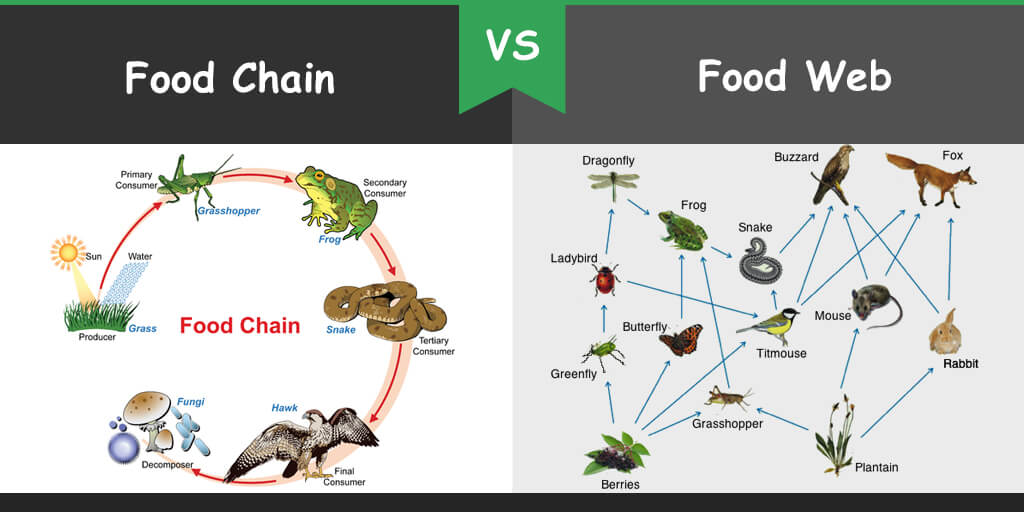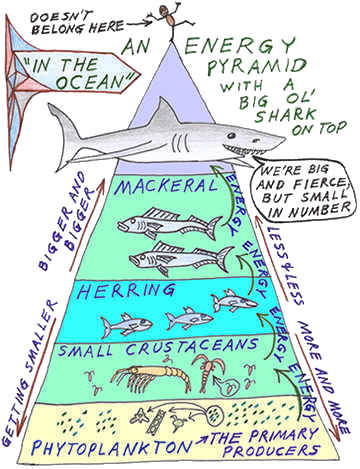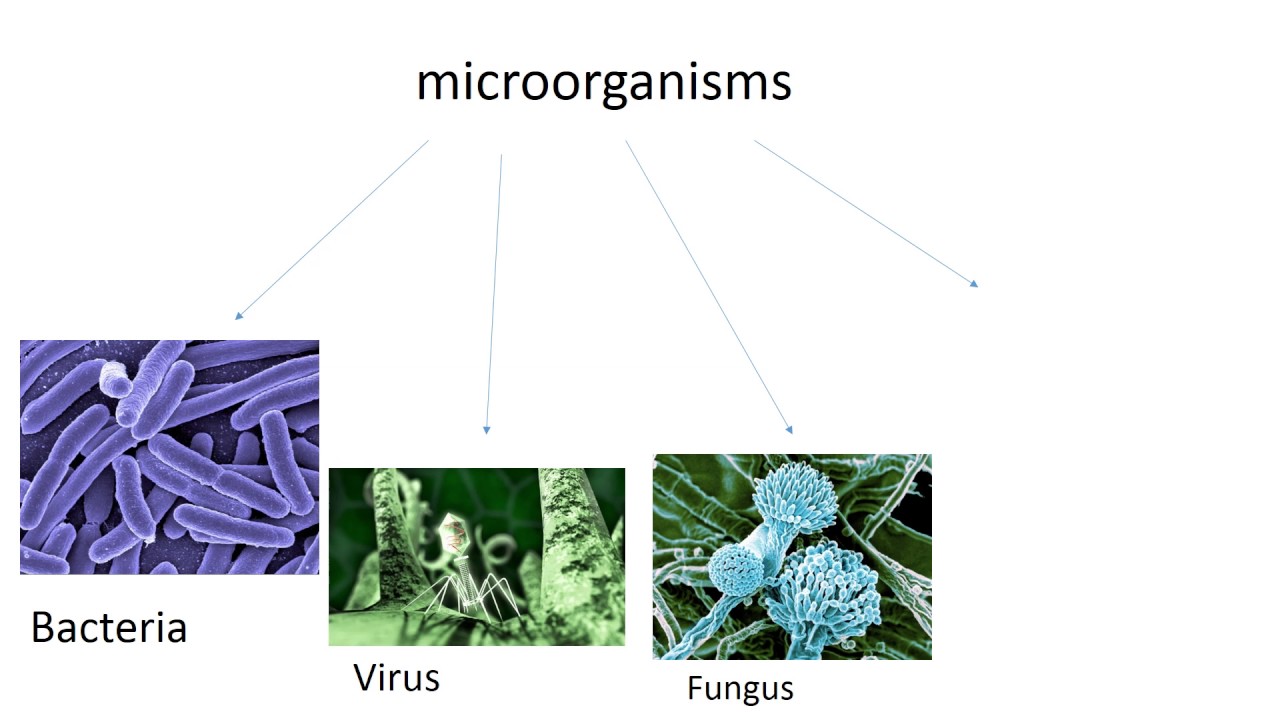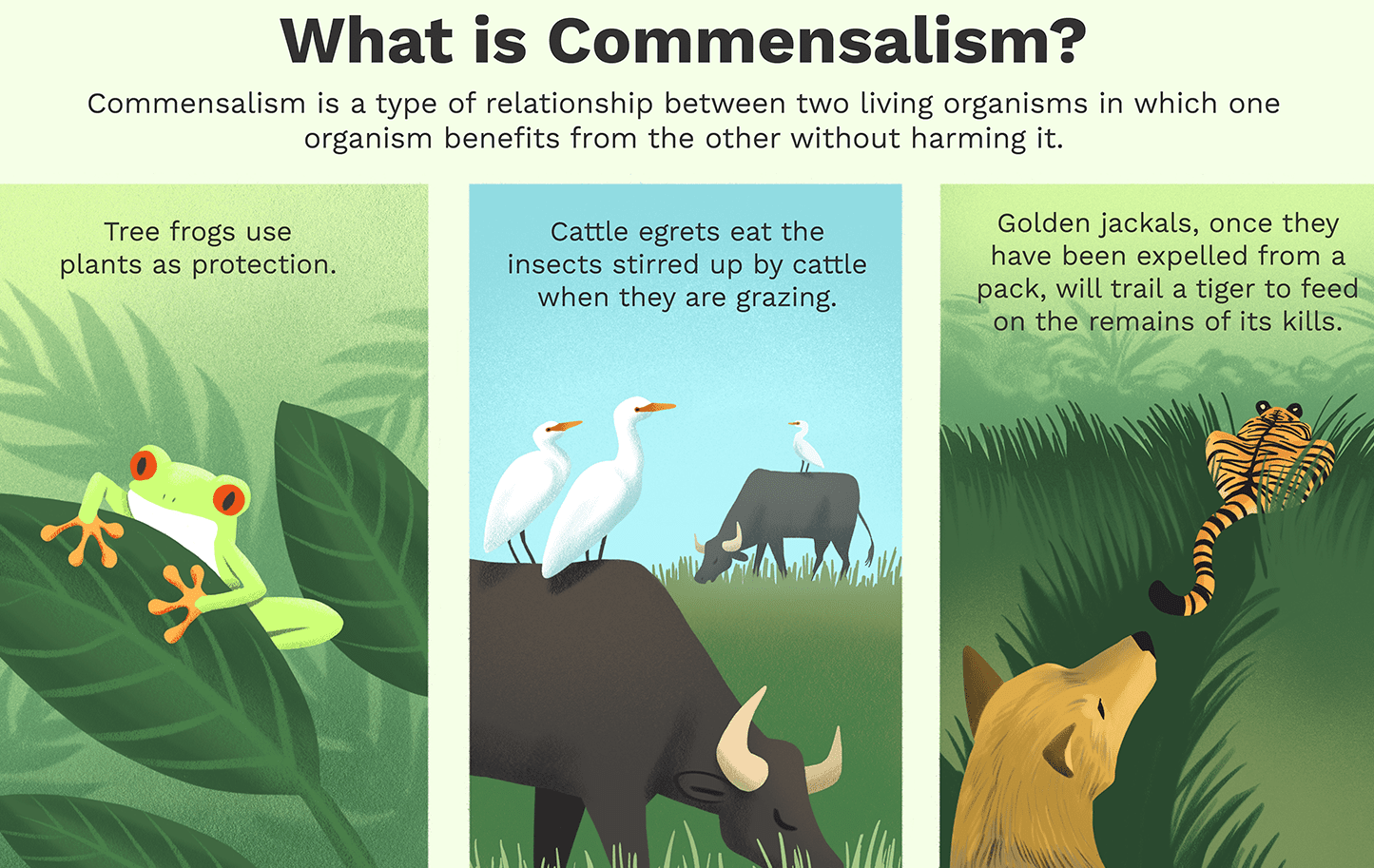Static Quiz 01 July 2022
Quiz-summary
0 of 5 questions completed
Questions:
- 1
- 2
- 3
- 4
- 5
Information
Static Quiz 01 July 2022 for UPSC Prelims
You have already completed the quiz before. Hence you can not start it again.
Quiz is loading...
You must sign in or sign up to start the quiz.
You have to finish following quiz, to start this quiz:
Results
0 of 5 questions answered correctly
Your time:
Time has elapsed
You have reached 0 of 0 points, (0)
Categories
- Not categorized 0%
- 1
- 2
- 3
- 4
- 5
- Answered
- Review
- Question 1 of 5
1. Question
With reference to food chains in ecosystems, consider the following statements
1. A food chain illustrates the order in which a chain of organisms feed upon each other.
2. Food chains are found within the populations of a species.
3. A food chain illustrates the numbers of each organism which are eaten by others.Which of the statements given above is / are not correct?
CorrectAns;- b) 2 and 3 only
Explanation:-
• As question asked to choose not correct i.e. b) 2 and 3 only, 1st statement is correct, 2nd statement is wrong because food chains not within the population of species it will be with other species.
• 3rd statement is wrong because it’s the Food web which illustrates the number of each organism which are eaten by each other. Incorrect
IncorrectAns;- b) 2 and 3 only
Explanation:-
• As question asked to choose not correct i.e. b) 2 and 3 only, 1st statement is correct, 2nd statement is wrong because food chains not within the population of species it will be with other species.
• 3rd statement is wrong because it’s the Food web which illustrates the number of each organism which are eaten by each other.
- Question 2 of 5
2. Question
Which one of the following is the correct sequence of a food chain?
CorrectAns;- a) Diatoms-Crustaceans-Herrings
Explanation:-
• Food chain starts with a producer and ends with a top consumer.
• Phytoplankton are the primary producers in the oceans.They include a follows:-
1. Diatoms (unicellular algae),
2. Coccolithophores (unicellular, eukaryotic protist),
3. Cyanobacteria (Bluegreen algae)– synechococcus, Prochlorococcus, nostoc, spirogyra etc..
4. Dinoflagellates (flagellated protists).
Above attached image of different trophic levels from unicellular to multi cellular.
IncorrectAns;- a) Diatoms-Crustaceans-Herrings
Explanation:-
• Food chain starts with a producer and ends with a top consumer.
• Phytoplankton are the primary producers in the oceans.They include a follows:-
1. Diatoms (unicellular algae),
2. Coccolithophores (unicellular, eukaryotic protist),
3. Cyanobacteria (Bluegreen algae)– synechococcus, Prochlorococcus, nostoc, spirogyra etc..
4. Dinoflagellates (flagellated protists).
Above attached image of different trophic levels from unicellular to multi cellular.
- Question 3 of 5
3. Question
With reference to the food chains in ecosystems, which of the following kinds of organism is / are known as decomposer organism/organisms?
1. Virus
2. Fungi
3. BacteriaSelect the correct answer using the codes given below.
CorrectAns;- b) 2 and 3 Only
Explanation:-
• Fungi and Bacteria are decomposers. They breakdown organic matter into simple inorganic substances.• Virus represents dormant life. They are metabolically inactive as long as they are outside a host body. They are not decomposers. They invade host cells and use their nucleus (DNA machinery) to carry out their life processes.
• Protists are unicellular organisms, such as paramecium and euglena. They’re not decomposers either.

Above image attached about decomposers of Bacteria, Virus and Fungus.IncorrectAns;- b) 2 and 3 Only
Explanation:-
• Fungi and Bacteria are decomposers. They breakdown organic matter into simple inorganic substances.• Virus represents dormant life. They are metabolically inactive as long as they are outside a host body. They are not decomposers. They invade host cells and use their nucleus (DNA machinery) to carry out their life processes.
• Protists are unicellular organisms, such as paramecium and euglena. They’re not decomposers either.

Above image attached about decomposers of Bacteria, Virus and Fungus. - Question 4 of 5
4. Question
There is some concern regarding the nanoparticles of some chemical elements that are used by the industry in the manufacture of various products. Why?
1. They can accumulate in the environment, and contaminate water and soil.
2. They can enter the food chains.
3. They can trigger the production of free radicals.Select the correct answer using the code given below.
CorrectAns;- d) 1, 2 and 3
Explanation;-
• Nano particles because of their small size, much concern has been expressed about the potential for adverse health effects arising from the ability of nanoparticles to penetrate cell walls and the blood-brain barrier. These concerns also include possible detrimental health effects during manufacturing and transportation.
Above image attached on Nanotechnology Applications.
IncorrectAns;- d) 1, 2 and 3
Explanation;-
• Nano particles because of their small size, much concern has been expressed about the potential for adverse health effects arising from the ability of nanoparticles to penetrate cell walls and the blood-brain barrier. These concerns also include possible detrimental health effects during manufacturing and transportation.
Above image attached on Nanotechnology Applications.
- Question 5 of 5
5. Question
Barnacles growing on the back of whale is an example for which type of the following biotic interaction?
CorrectAns;- a) Commensalism
Explanation;-
• Mutualism is a mutually beneficial relationship between individuals of two different species. None of the two is capable of living separately. For example, nitrogen-fixing Rhizobium bacteria living in root nodules of leguminous plants.
• Commensalism is an interaction in which one organism is benefited and the other is neither benefited nor harmed. For example, Barnacles are often attached to the surface of whales for shelter and obtaining more food.

Above image of Barnacles attached to humpback whale.

Above image attached more examples of Commensalism.
• In Amensalism without deriving many benefits, one organism inhibits the other by secreting allochemics. The phenomenon is called antibiosis. For example, Trichoderma checks the growth of Aspergillus.
• In parasitism, one organism called as parasite obtains nourishment and shelter from another organism called as host. e.g., Plasmodium, Trypanosoma.
• In predation, one organism called predator captures kills and eats another organism called prey. Predators are generally carnivorous but some herbivorous animals which destroy whole plants or seeds are also called as predators. e.g., Big cats like lion, tiger etc, birds feeding on seeds of plants.
• Therefore, the correct answer is ‘Commensalism’ for the above question.

Above image attached on different Biotic Interaction’s.
IncorrectAns;- a) Commensalism
Explanation;-
• Mutualism is a mutually beneficial relationship between individuals of two different species. None of the two is capable of living separately. For example, nitrogen-fixing Rhizobium bacteria living in root nodules of leguminous plants.
• Commensalism is an interaction in which one organism is benefited and the other is neither benefited nor harmed. For example, Barnacles are often attached to the surface of whales for shelter and obtaining more food.

Above image of Barnacles attached to humpback whale.

Above image attached more examples of Commensalism.
• In Amensalism without deriving many benefits, one organism inhibits the other by secreting allochemics. The phenomenon is called antibiosis. For example, Trichoderma checks the growth of Aspergillus.
• In parasitism, one organism called as parasite obtains nourishment and shelter from another organism called as host. e.g., Plasmodium, Trypanosoma.
• In predation, one organism called predator captures kills and eats another organism called prey. Predators are generally carnivorous but some herbivorous animals which destroy whole plants or seeds are also called as predators. e.g., Big cats like lion, tiger etc, birds feeding on seeds of plants.
• Therefore, the correct answer is ‘Commensalism’ for the above question.

Above image attached on different Biotic Interaction’s.










